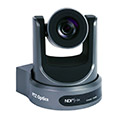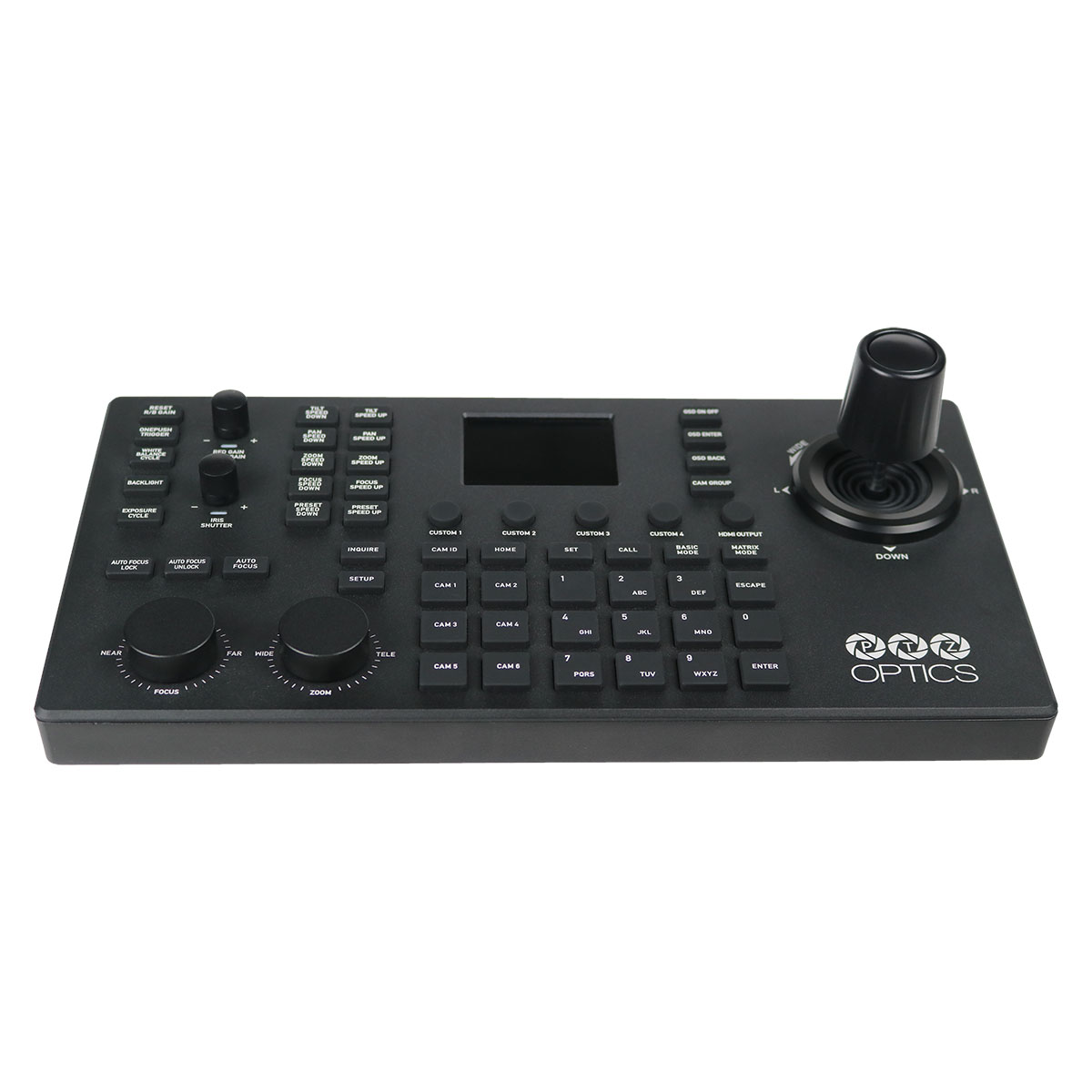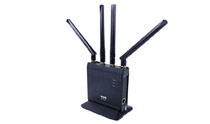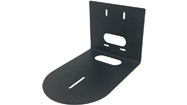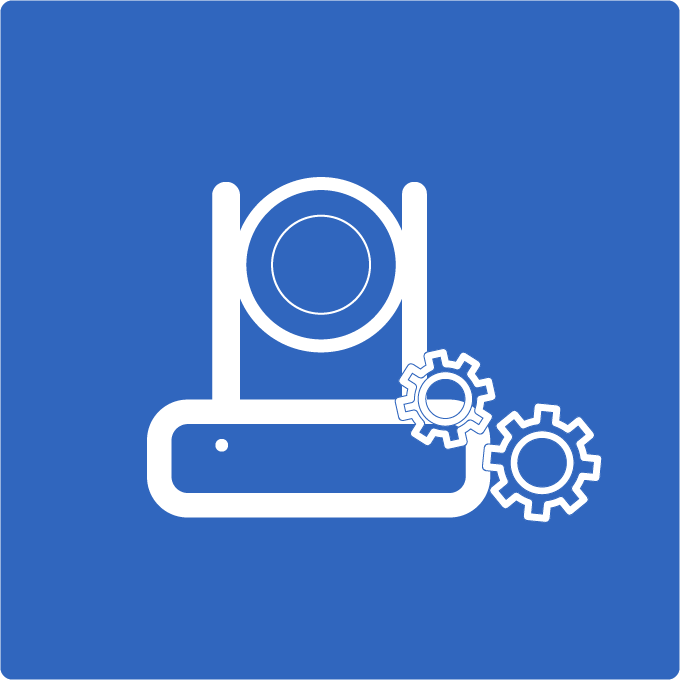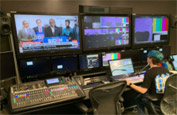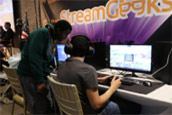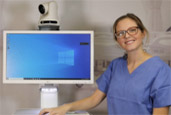Live Streaming Sports with PTZ Cameras
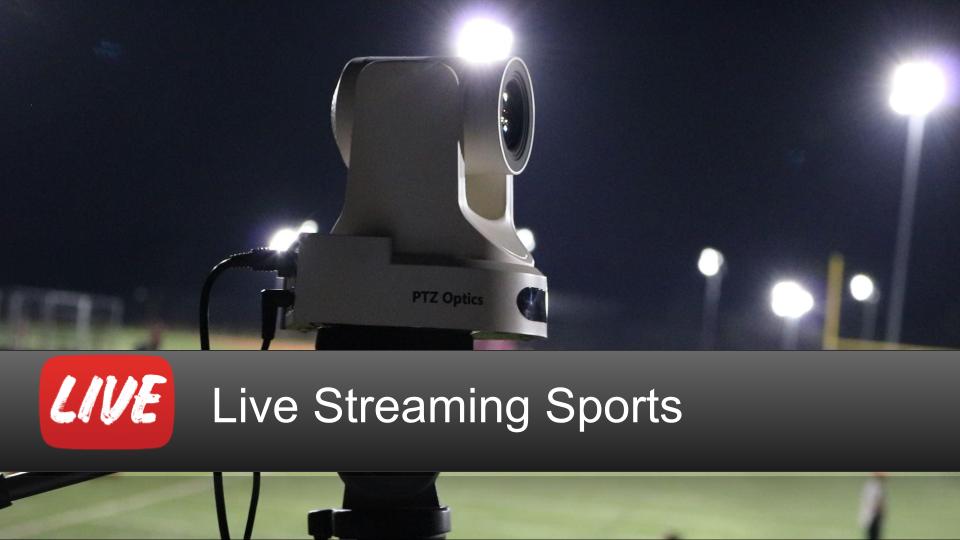
PTZ (Pan-Tilt-Zoom) cameras are becoming more and more popular for live-streaming sports because they provide a centralized control station for athletic directors and sports broadcasters to manage their video systems. PTZ cameras are perfect for covering different angles of the game without needing multiple camera operators. PTZ cameras can also use PTZ preset to save specific camera angles, making it easier to switch between different shots quickly during fast-paced sporting events. The PTZOptics SuperJoy, for example, can be set up to control multiple PTZ cameras with the click of a button making it easy to quickly adjust your cameras throughout any sporting event. Overall, PTZ cameras provide a comprehensive, high-quality viewing experience for fans, coaches, and players alike, making them a valuable tool for live-streaming sports events.
Finding the ideal location for your PTZ camera
Finding the ideal placement for PTZ (Pan-Tilt-Zoom) cameras for a sports broadcast can be a critical factor in ensuring that viewers get the best possible viewing experience. To find the ideal placement, several factors need to be considered, including the size and layout of the playing area, the type of sport being played, and the camera’s range and capabilities. For most areas, cameras should be placed above the heads of the players so that they are not blocked by fans or other players on the sidelines. In the picture below, you can see several large speaker stands that have been used for mounting PTZOptics cameras at the sides of fields. In general, speaker stands are larger and studier than traditional camera tripods and therefore offer a great vantage point for sports products.
An ideal indoor location for many sports fields is inside of a press box or up high on a light post. If you are mounting your camera outdoors, we recommend purchasing an outdoor enclosure such as the Dotworkz enclosure below. Outdoor enclosures protect PTZ cameras from all types of weather and they can be mounted in a variety of locations.
Finding the ideal placement for PTZ (Pan-Tilt-Zoom) cameras for a sports broadcast can be a critical factor in ensuring that viewers get the best possible viewing experience. To find the ideal placement, several factors need to be considered, including the size and layout of the playing area, the type of sport being played, and the camera’s range and capabilities. For most sports areas, cameras should be placed above the heads of the players so that they are not blocked by fans or other players on the sidelines. In the picture below, you can see several large speaker stands that have been used for mounting PTZOptics cameras at the sides of fields.
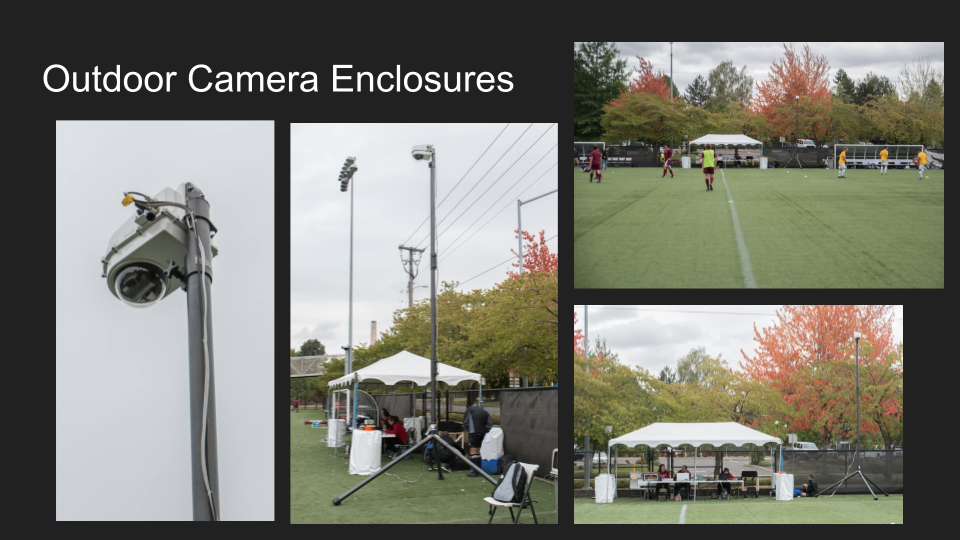
An ideal indoor location for many sports areas is inside of a press box. If you are mounting your camera outdoors, we recommend purchasing an outdoor enclosure such as the Dotworkz enclosure below.
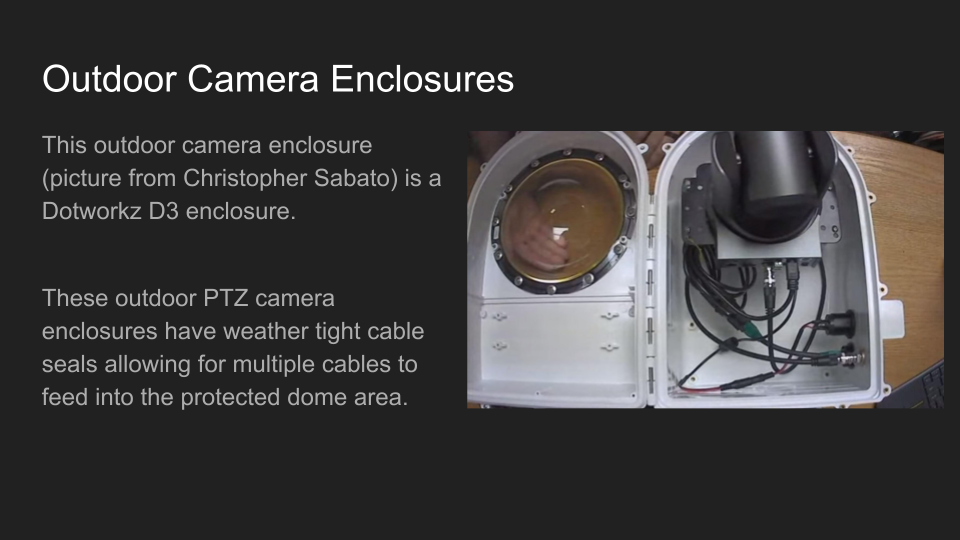
Taking control and capturing the action
Taking control of a PTZ camera is easy and there quite a few ways you can remotely control a PTZOptics camera. Many fast-paced productions require a dedicated PTZ camera joystick controller such as the PTZOptics Gen 4 IP joystick or the PTZOptics SuperJoy. Both joysticks feature variable PTZ speed controls allowing you to make minute adjustments and also ramp up the speed quickly whenever necessary. Depending on the sport that you are live streaming, you will likely want to adjust the pan, tilt, and zoom speed settings for your camera controls. For example, in Golf, you may want a very slow pan and tilt motion and for Basketball you may need faster speeds.
One useful PTZ camera setting for sports is called a Pan and Tilt limit. You can set limits for the cameras to stop panning and tilting when the camera reached the end of a certain distance. For example, you may want to move quickly back and forth on a Basketball court, but you do not ever want to pass the end of the court. By setting up a pan and tilt limit, you can effectively limit the camera operators’ ability to make mistakes and overshoot a specific area of your sports event.
Another useful PTZ camera setting for sports is the tilt speed setting. In many sporting events, camera operators follow the action left to right frequently but do not need to tilt the cameras up and down very much. You can reduce the tilt speeds to considerably cut down on tilt movement in these cases which provides a nice buffer for movements when a camera is located in a center field location for example.
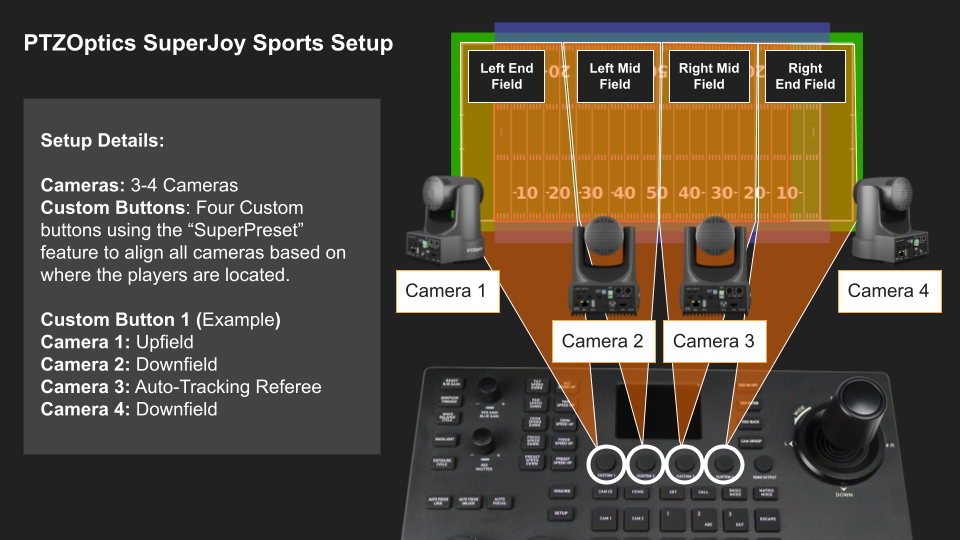
If you are limited on staff, and you only have a single person operating multiple cameras, you can also automate camera movements with a PTZ joystick like the SuperJoy. The picture above shows the SuperJoy “Custom” buttons setup with a “SuperPreset.” A SuperPreset is a preset that can send multiple cameras a pan, tilt and zoom preset command at the same time. A PTZ camera preset is a known location that you can save to have the camera recall that position. With a SuperPreset you can quickly have all of your cameras move to a known location which can be set up in zones to represent various locations on field. As you can see for a Football game this is ideal when camera operators need to move all the cameras to mid-field for example.
Outdoor Camera Enclosures
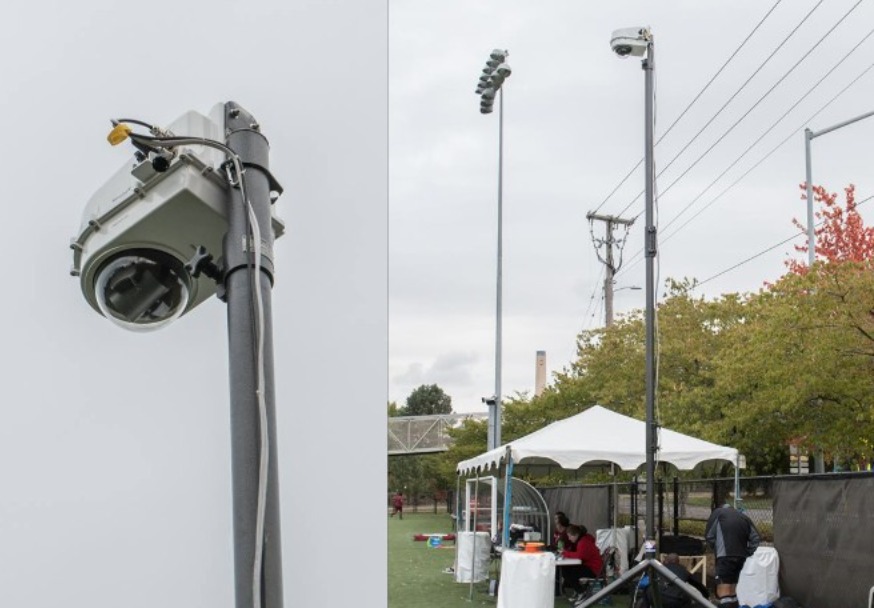
It’s a great idea to mount your PTZOptics cameras outdoors. You can use the Dotworkz D3 enclosures and choose between some great options to prevent fog build-up on the glass. When you mount a PTZOptics camera outdoors, you can still control the camera manually with a smartphone, your computer or your favorite live-streaming software. Here is a list of ways you can control your PTZOptics camera from anywhere in the world.
You can also learn about outdoor enclosures for PTZOptics cameras here.
180 degree camera placement rule for live streaming sports
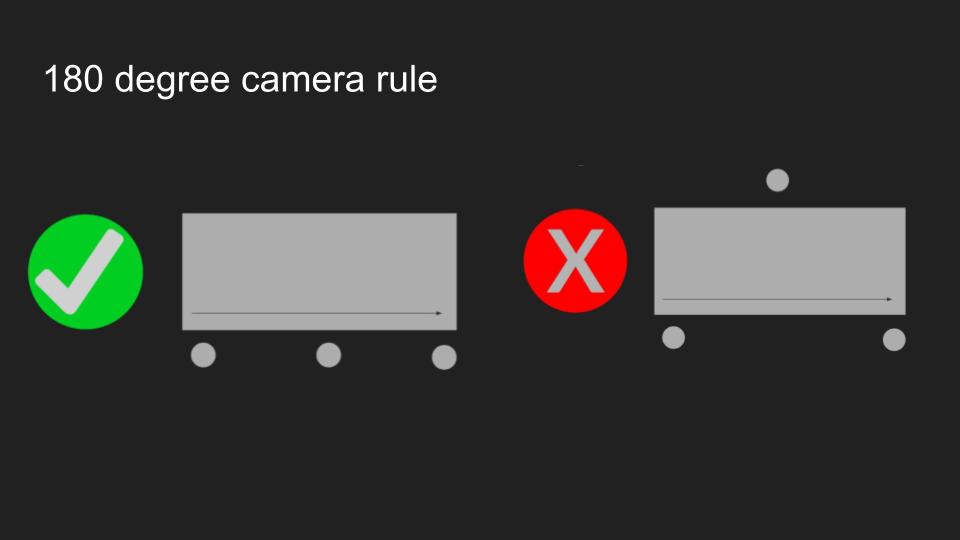
The 180-degree camera placement rule is a guideline for live streaming sports that recommends positioning all cameras used in a live production to be on the same side of the field. By placing all of the live streaming cameras on the same side of the field viewers do not get confused about which direction the sports players are moving when cameras are switched using a video switcher. If for example, you have cameras on opposite sides of the field the viewers can get confused as to which way the players are running because of the change in perspective. Most athletic directors suggest having at least two cameras at opposite ends of the field, angled towards the centerline, to provide comprehensive coverage of the playing area. These two cameras should be on the same side of the field along with a third camera that can provide a wide-angle view of the entire field.
This allows viewers to see the action from multiple angles and get a better understanding of the game’s flow. With this setup, one camera can capture one side of the field, while the other camera captures the other side, and the two feeds can be switched using a video switcher to create a seamless viewing experience. In addition to the two endzone cameras, other cameras can be placed along the sidelines or on towers to capture close-ups of the action or specific player reactions.
Overall, the 180-degree camera placement rule is a useful guideline for live-streaming sports to ensure that viewers get the best possible viewing experience by having a comprehensive view of the playing area.
Why you should capture video at 60 frames per second when live streaming sports
The use of 60 frames per second (fps) video capture methods is popular in sports because it offers smoother and more detailed motion rendering, which can be especially important for capturing fast-moving action. The higher frame rate allows for crisper video, resulting in more fluid and detailed motion with less blur coming from fast-moving objects. This is especially important for sports where quick movements and reactions are important, such as soccer, basketball, or football.
With 60 fps video capture, the action appears more lifelike and easier to follow, which can enhance the viewing experience for spectators, coaches, and players alike. Additionally, higher frame rates can help with video analysis by providing more detail for coaches and players to review for technique, strategy, and game performance when videos are slowed down and analyzed.
Live broadcasting with high frames does require additional bandwidth and computer processing capabilities. It’s important to check your entire live streaming system to make sure your cameras, video capture devices, and production system can support the video processing. When you are considering the bandwidth you have available for live streaming it may be wise to perform an internet speed check. The chart below shows average video quality bandwidth requirements for HD, FullHD, and UltraHD video with 30 and 60 frames per second.
Resolution | Frame Rate | Bandwidth |
1280×720 | 30 | 2.5 Mbps |
1280×720 | 60 | 5Mbps |
1920×1080 | 30 | 4Mbps |
1920×1080 | 60 | 8Mbps |
3840 x 2160 | 30 | 8 Mbps |
3840 x 2160 | 60 | 16 Mbps |
High frame rates and instant-replay
High frame rate cameras are used for slow motion instant replay in sports because they allow for capturing more frames per second, which when slowed down provides smoother video playback. By recording at a higher frame rate, such as 120 fps, 240 fps, or even 1000 fps, slow motion instant replays can be played back in great detail, allowing viewers to analyze and appreciate the intricacies of the play. The use of high frame rate cameras is particularly important for sports with fast-moving action, such as basketball, football, and hockey, where critical moments can happen in the blink of an eye. In these sports, slow motion instant replay can help provide a clearer picture of what happened and whether or not a call was correct.
For example, an instant replay system that captures video at 60fps can replay a video at 50% of the original speed and still deliver 30 frames per second. When video is slowed down and replayed the extra frames allow for a smoother viewing experience.
Tips from the pros
If you are just starting, know the audience expectation. Are they expecting nothing? If that’s the case then anything is better than nothing.
Professionals may tell you to do it “Right” or don’t do it at all. While that is generally a good rule of thumb, it’s not always the best answer.
We stream for our parents, if we don’t stream then many parents don’t see their child compete. So for them if the option is a low quality broadcast, or none at all, they want to see something. When we started we used one camera and sometimes just crowd noise. That was “better than nothing” and made parents happy. As you grow and learn so will your product. Sometimes it’s ok to start at the bottom and work your way up. – Christopher Sabato
- Always allow more time than you think you need to get ready. Something will always go wrong or need changed.
- Don’t overthink or overproduce. The viewer is more interested in the game than anything else. As long as they get to see that they are happy. Don’t do anything to distract them from that.
- Observe the 180-degree rule. Don’t break the plane so that teams switch directions. – Ryan Vance
- Cameras guys should use zoom more than they use pan. Pan tends to get very blurry very quickly.
- Camera guys should not attempt to follow the ball. Just follow the play. Like a punt in football.
- All cameras should be on the same side of the field. The exception is a camera that is on a person (like a coach or spectator) not on the play.
- Directors should have cameras that show different things. Rookies mistake to have two cams showing essentially the same shot.
- Directors should not switch cams frequently and a lot. Confuses the viewer.
- Compression should be used on the announcers’ mics. They get excited and shout. – Tom Sinclair
- Use similar cameras…we use 6 PTZOptics cameras and 8 Sonys. That way it is easier to create similar settings and your look can be uniform.
- Use headsets and cough buttons (We use Henry Engineering Talent Pods). Your sound will be more professional and your talent can control their levels.
- Test, test, test… Then test again. Be sure that your destination is receiving your stream and that you can be heard.
- Automate as much as you can. Use vMix shortcuts, auto hotkey, and scripts when possible to automate processes. We also use an Xbox controller and two Xkeys units tied to their shortcuts.
- Use replay to push clips if great plays to social. We use Dropbox and Zapier to push clips to social media. This means with preparation, it only takes a save of a replay to a specific dropbox folder to push clips to Facebook and Twitter. It is a great way to advertise your event in media you may not be streaming on. – Joe Calabrese
Schedule a demo
Schedule a demo to meet with one of the PTZOptics team members here.

